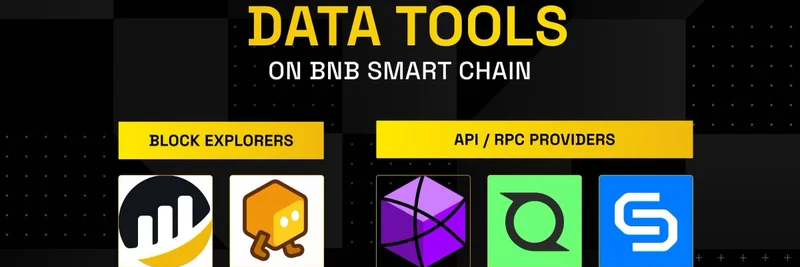In the ever-evolving world of cryptocurrency, few questions spark as much intrigue as whether a newcomer can dethrone the king. Recently, BSC News tweeted a provocative query: "CAN $KAS OVERTAKE $BTC...?" They highlighted Kaspa as a proof-of-work (PoW) blockchain similar to Bitcoin but with some serious upgrades. This tweet links to a detailed comparison article on BSC News, and it's got the crypto community buzzing. As someone who's been deep in the blockchain space, let's break this down in simple terms and see if Kaspa really has what it takes.
First off,what's proof-of-work? PoW is the consensus mechanism that powers networks like Bitcoin. Miners solve complex mathematical puzzles to validate transactions and add blocks to the chain, securing the network through computational power. Bitcoin pioneered this, but it's not without flaws—like slow transaction speeds and high energy use.
Kaspa's Tech Edge: Speed and Scalability
Kaspa flips the script with its blockDAG (Directed Acyclic Graph) structure. Unlike Bitcoin's linear blockchain, where blocks are added one at a time, Kaspa allows multiple blocks to be created in parallel. This means Kaspa can handle up to 10 blocks per second, processing 3,000–4,000 transactions per second (TPS). Compare that to Bitcoin's sluggish 7 TPS and 10-minute block times—Kaspa confirms transactions in just 10 seconds!
What does this mean for users? Lightning-fast transfers and super-low fees, often under a cent, even during peak times. Bitcoin, on the other hand, can rack up fees over $4 when the network gets congested. If you're into meme tokens or quick trades on decentralized exchanges, Kaspa's speed could be a game-changer, making it more practical for everyday use like microtransactions.
Security and Decentralization: Bitcoin's Stronghold
But speed isn't everything. Bitcoin's been battle-tested for over 15 years, boasting unmatched security and decentralization. Its massive hash rate—think trillions of computations per second—makes it nearly impossible to attack. Kaspa uses a different algorithm called kHeavyHash, which is energy-efficient and works with both GPUs and ASICs (specialized mining hardware). While this lowers barriers for miners, Kaspa's network is younger and less proven under heavy stress.
Decentralization is key in crypto to prevent any single entity from controlling the chain. Bitcoin's global mining distribution gives it an edge here, while Kaspa might face risks if ASICs lead to mining centralization. Still, Kaspa's GHOSTDAG protocol helps maintain security by efficiently selecting the main chain from parallel blocks.
Tokenomics and Adoption: Fair Play vs. Established Giant
On the economic side, both aim for scarcity. Bitcoin caps at 21 million coins, with halvings every four years to control supply. Kaspa has a max supply of about 28.7 billion $KAS, with emissions halving yearly. Kaspa's distribution is fairer out of the gate—no pre-mined coins or ICOs, just pure mining from day one.
Adoption is where Bitcoin shines. It's the go-to for institutions, ETFs, and even countries like El Salvador. Kaspa's ecosystem is growing, with integrations on exchanges and DeFi platforms, but it's nowhere near Bitcoin's level. However, Kaspa's efficiency could attract developers building high-throughput apps, potentially boosting its meme token scene or NFT markets.
Energy and Mining: A Greener Alternative?
Energy consumption is a hot topic. Bitcoin's PoW guzzles electricity, often compared to entire countries' usage. Kaspa's kHeavyHash is designed to be lighter on power, and it supports solo mining, making it more accessible for hobbyists. This could democratize mining and reduce environmental impact, appealing to eco-conscious investors.
The Verdict: Complementary or Competitive?
So, can Kaspa overtake Bitcoin? Probably not anytime soon—Bitcoin's network effects, liquidity, and brand are unbeatable for now. But Kaspa isn't trying to be Bitcoin 2.0; it's carving its niche with superior speed and usability. In the broader crypto landscape, they might coexist: Bitcoin as digital gold for storing value, and Kaspa powering fast, cheap transactions.
This debate highlights how innovation keeps pushing blockchain forward. If you're a meme token hunter or blockchain practitioner, keep an eye on Kaspa—it could inspire the next wave of high-performance meme projects. Check out the full BSC News article for more stats, and join the conversation on X. What do you think—will $KAS flip $BTC? Drop your thoughts below!


